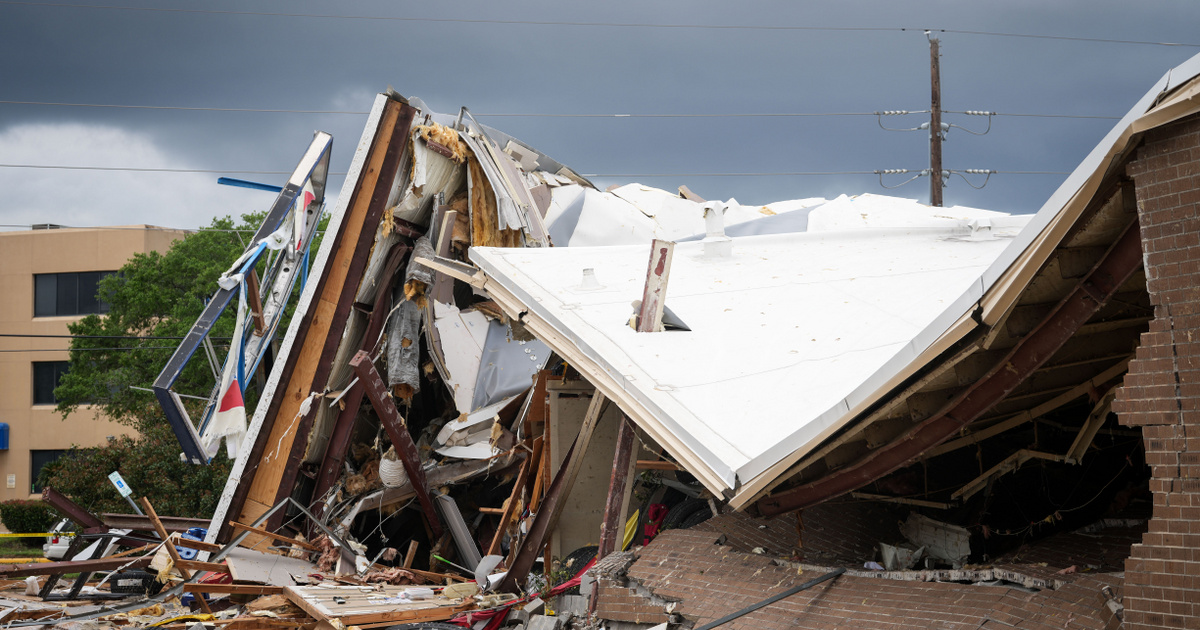The answer depends largely on what we consider an “object” – after all, there are unimaginably huge monsters in the universe. Watch out, the terrible numbers are coming!
The universe is full of things with enormous mass – they have a mass that we can’t even comprehend. However, it is very difficult to determine what is the largest object in the universe, and there are two reasons for this: one is that it is difficult to determine what can be considered an object at all, and the other is that we are discovering more and more things with increasingly better and more powerful telescopes, and therefore, if an object can Once you reach the top of the platform, someone else can quickly push it away.
In the case of massive bodies, two celestial bodies can hit us from the start – since they are well known, and we know about them that they have multiples of the mass of the most massive body in our star system, the Sun: these two candidates are the neutron star and the black hole.
Let’s start with the neutron star! Stars much more massive than our Sun (medium-sized) end their lives in a supernova explosion. Depending on the size of these stars, two things can happen: the larger ones explode under their own massive gravitational pull and become smaller (stellar mass) black holes. On the other hand, the smaller ones, which are not massive enough to collapse into black holes, eventually turn into dense neutron stars.
As can be seen from the above, neutron stars are less massive than small black holes, so let’s move on to these real and mysterious monsters! The mass of black holes is really poorly understood. Even the name of the supermassive black holes in the cores of galaxies suggests that their mass is more than respectable, but there are different types of black holes. The most common are even smaller black holes, the so-called stellar-mass black holes mentioned above, the smallest of which are three times the mass of the Sun and the largest twenty times.
This is very important, but it’s nothing compared to the supermassive black holes at the center of galaxies – these giant planets can be billions of times more massive than our sun. To put this in context: the Sun’s mass is about 333,000 times that of Earth (which is estimated at 13 billion trillion tons). In other words, there are about 1.3 million terrestrial planets inside the sun. And if we think about this a billion times – that is, we try to think – then we can see that there can not be many people who really understand these dimensions and proportions.
Scientists still don’t fully understand how supermassive black holes form, but according to current assumptions, there is one at the center of every galaxy, including our own, the Milky Way.
Sagittarius A* is located in the center of the Milky Way, which has a mass about 4 million times that of the Sun. But it dwarfs newly discovered M87*, which is about 1,000 times more massive than Sagittarius A* – despite being at the center of a galaxy twice the mass of our galaxy.
However, even M87* is a small dwarf compared to Phoenix A, which according to a 2016 study is the largest black hole to date: Phoenix A is so massive that it has a mass equivalent to 100 billion solar masses and more could exceed the theoretical maximum size for black holes. . By the way, the mass of these distant objects can be measured in two ways: on the one hand, the speed of the objects orbiting them is measured, and on the other hand, the speed with which they feed on the surrounding gas.
With this, in principle, we can close the question: the largest known object is Phoenix A. However, here the problem of definition arises, which was discussed before: what do we mean by object?
These black holes are located in galaxies, and only part of their mass is the black hole – so they are more massive than these by definition. So the question is, do we envision the galaxy as a single object or as a random collection of stars, planets, and black holes? When treated as a single object, even our own Milky Way galaxy, at about 800 billion solar masses, is much larger than any black hole we know of or are likely to find. However, the problem is that even with galaxies we do not necessarily reach the end of the question: what about a group of galaxies, for example the Local Group of galaxies, which includes the Milky Way, or the giant Virgo Cluster, which also includes the latter?
And this list can go on for a very long time, so there is no really accurate answer to this question, and the answer depends on our perception, that is, on how long we think we can talk about something.
(source: IFLScienceAnd Tree huggerphoto: Pixabay/Spirit 111)






















![It actually has great animation [VIDEO]](https://thegeek.hu/wp-content/uploads/sites/2/2024/05/thegeek-Kingdom-Come-Deliverance-2-1.jpg)



















